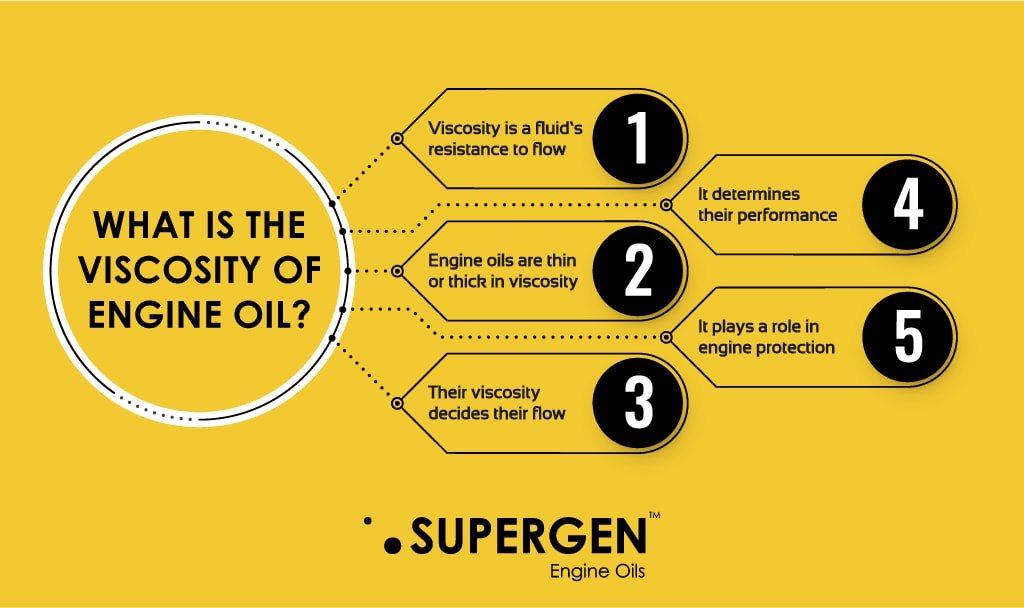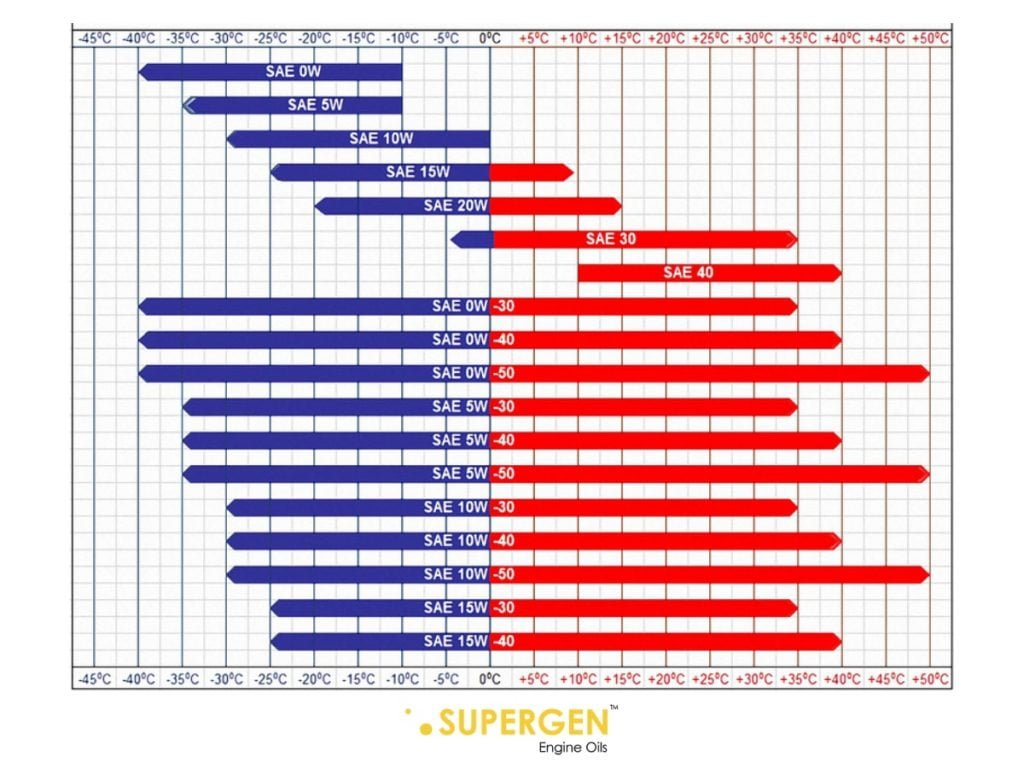WHAT IS THE VISCOSITY GRADE OF AN ENGINE OIL?
Our previous blog explains in detail the purpose of engine oil and how to choose the right engine oil for your vehicle. You might have come across the term, ‘Viscosity Grade or Engine Grade’ while reading it. But what is the viscosity grade of an engine oil?
If engine oil protects and lubricates your engines then viscosity grades should decide the engine oil’s flow and resistance to hot and cold temperatures. While buying engine oil, it is also recommended to take into consideration the driving conditions and the location where it will be used in.
Viscosity Grade of an Engine Oil
Engine oils are lubricants that used to prevent friction and corrosion in your engine vehicle. It is essential in protecting your engine and providing an overall smoother performance. One of the crucial reasons you should be using engine oil is that it helps in cooling down the engine. The part that specifically does that depends upon the viscosity grade of the oil.
What is Viscosity?
By definition, viscosity is the state of being thick, sticky, and semi-fluid in consistency, due to internal friction. Simply, viscosity is a measure of fluid’s resistance to flow. It determines how the thickness of a fluid affects its ability to flow smoothly. In engine oils, the viscosity of the lubricant matters a great deal in terms of its performance and protection. It affects the engine’s in
- Reducing the wear and tear in engines during high and low temperatures
- Maintains efficiency of the engine
- Keeps the engine running smoothly
How does Viscosity affect Engine oil?
In engine oils, the viscosity of the lubricant matters a great deal in terms of its performance and protection. It affects the engine’s in reducing the wear and tear in engines during extreme i.e high and low temperatures. This correlates to the lubricants film strength. If the lubricant is thin, it means it has a low viscosity and they flow easily in the engine. Whereas, lubricants with thick, i.e high viscosity oils maintain film strength, loads and oil pressures. It helps maintain the efficiency of the engine with regards to preventing corrosion between the internal parts. It also aids in keeping the engine running smoothly.

What is a Viscosity Grade of an Engine Oil?
The viscosity grade of an engine tells you how smoothly or easily the oil flows in your engine at different temperatures. Engine oils have viscosity grades to show the engine oil’s adapting to varying high and low temperatures.
For example, a low engine oil viscosity will perform better in colder temperatures. It will not be thinning out and have better fluidity because the oil has low viscosity.
This helps in preventing a cold engine start in chillier conditions. On the contrary, engine oils with a high viscosity grade are best in hotter temperatures. As the lubricants will be thicker and highly viscous, the flow of the oil through the engine will be slower.
This will avoid wear and tear in the engine parts and act as a layer of protection. Based on the types of viscosity grades or standards, We can differentiate them into monograde and multigrade oils.
Monograde Oils
These engine oils are more suited to low temperatures and cater more to older vehicles. They are two types of categories namely;
The symbol of low engine viscosity grades is with a ‘W’ at the end. According to SAE International standards, they are 0W, 5W, 10W, and so on. These are more fit for engine-use in colder temperatures.
High engine viscosity grades use only numbers to indicate and are most suited to higher temperatures. For eg; SAE International engine oils 8, 12, 16, 20 and so on.
Multigrade Oils
These contain the best of both worlds and are not affected by both low and high temperature. They flow smoothly without thinning out and are most useable for present-day vehicles. They show oils that have two viscosity grades are since, indicated the same as monograde oils are but adding another number. For example; 15W-60. At high temperatures, multigrade oils oppose thinning out and in colder conditions, they remain fluid. They lubricate the engine responsibly and accordingly, hence considered more dependable.
What is Viscosity Index?
Engine oils are affected by changes in temperatures. The oil becomes thin at high temperatures and thick at low temperatures. A higher viscosity lubricant will be less fluid and thicker in nature whereas oils with low viscosity are thinner and flow freely. These viscosity changes are related to engine-protection and efficient-operation in all conditions.
A lubricant’s resistance to thinning at higher temperatures is known as viscosity index. Conventional mineral oils are mixed with various additives to help change the viscosity index. But synthetic oils are able to do the same without the incorporation of additives. At low temperatures, synthetic oils flow easily and maintain viscosity at high temperatures.
The SAE (Society of Automotive Engineers) have a standard for indicating low and high viscosity engine oils for the right temperature. It is represented by a number followed by the letter ‘W’ (WINTER) and a number again.
For example: 5W30, 10W30, 10W40. etc
The first part of the numerical code (5W) tells you the lower the number, the better it will perform in low temperatures. Whereas the higher the second part of the code (number), the better it is for higher temperatures.
Engine Oil Viscosity Chart
Following a viscosity grade chart prior to purchasing an engine oil will help in keeping your engine running sleekly and hassle-free. The chart below represents which engine oil viscosity grade is suitable for which temperatures. Depending on your driving purposes, conditions and location, it will help in choosing the right engine oil for your vehicle.

Conclusion
“If engines are the heart of your vehicles, then engine oils are the blood that keeps it pumping.” Choosing the right engine oil is crucial in maintaining the effective and smooth performance of your vehicle but one of the aspects that play an important role in that is the viscosity grade or the engine oil grade. Depending on varying operating temperatures, your engine oil will be fluid or thick enough to prevent internal damage to the engine parts. Now you have information about the types of engine oil before you buy it for your bike or car. Making sure we are more aware of the different ways we can take care of our bikes or cars is just another way we can make the most of our riding or driving experience!



